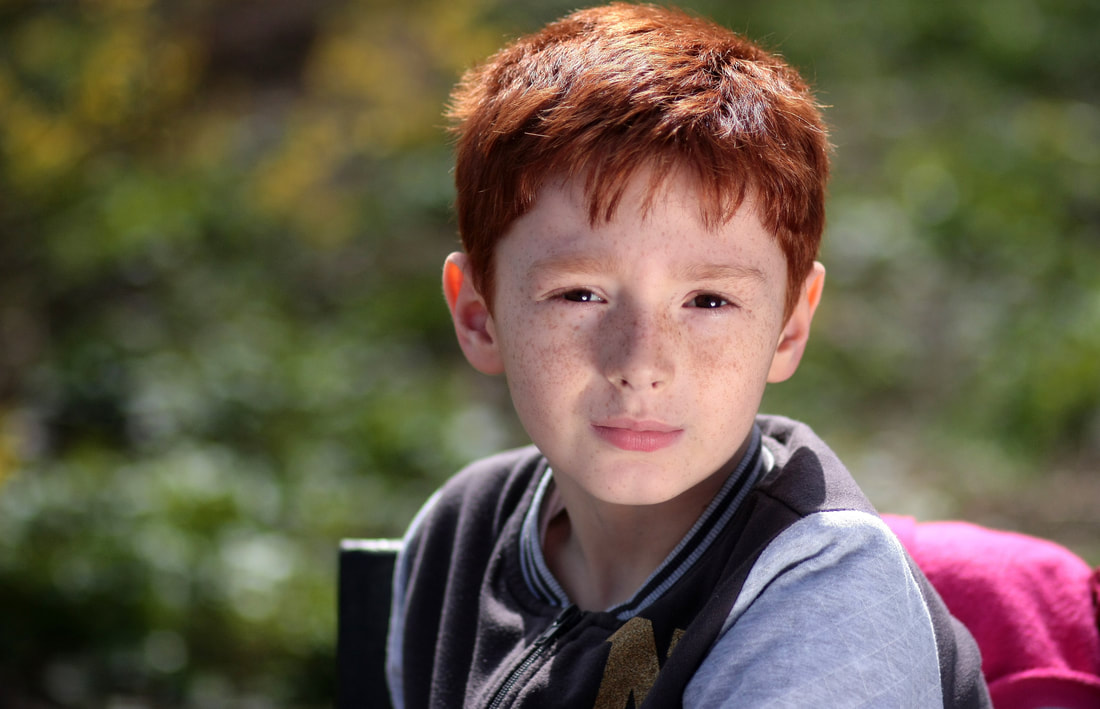
It doesn’t take long for music educators to realize their classrooms are merely small subsets of this large and diverse world. Each student brings with them their own cultural and life experiences, unique personality, and needs. Modern education is trending towards helping teachers find more inclusive practices overall. This article will discuss some of the ways music educators may reach every student through incorporating inclusive practices in their music classroom.
What Does Inclusivity Mean in Music Education?
An inclusive music classroom is a classroom where every student has the opportunity to excel despite socio-economic, cultural, linguistic, or physical differences. Embracing inclusivity means understanding and respecting the diversity in your classroom. Students may have disabilities, varying learning styles, or cultural and socio-economic differences. Music teachers must still find a way to create lessons that cater to the needs of all individuals regardless of these differences because every student has the right to learn music.
Challenges
It may be challenging to maintain an inclusive learning environment in our traditional fast-paced curriculum and performance oriented system. As music teachers, we find ourselves pushing students to do well on concerts at the same time we are teaching music fundamentals. In the end, we want to give students a great experience and overall appreciation of music, but we still have to keep our jobs. That often means meeting the state standards and the expectations of the principal, parents, and public school system.

How Can We Incorporate Inclusivity in the Music Classroom?
- Individualized Education Plans (IEPs) IEPs are documents that help educators meet the unique needs of students. Parents, educators, and other representatives come together to create a plan to assist students. IEPs should include:
- The present levels of educational performance of the student
- Set goals for the student
- Specify special education and related services
- Adaptive Instruments and Technologies Adaptive musical instruments are designed to specifically help musicians with disabilities be able to play the instrument. One example is the adaptive mallet cuff pictured above, which helps musicians more easily grip the mallet. Using technology such as tablets and music software can also support the varying needs of students.
- Culturally Responsive Teaching Teachers can offer more culturally responsive teaching by incorporating music from diverse cultures, allowing students to take part in music which represents their own heritage, and teaching students to respect others. For more information about incorporating cultural diversity in your music curriculum you can read this article.
- Professional Development Continuous professional development allows music educators to expand their toolbox of ideas for including inclusive practices in their classroom. Teachers can seek professional development which focuses on special needs, learning disabilities, or other subjects which help expand their knowledge of inclusivity and which gives them the tools to succeed in teaching.
- Universal Design for Learning (UDL) UDL uses multiple means of representation, action and expression, and engagement to create a more inclusive learning experience. UDL offers guidelines on how to show information in different ways, offer options that keep the interest of all students, and to allow students to demonstrate what they know in different ways.
Conclusion
Reaching every student in the classroom can seem like a daunting task. When approached with love and sincerity, creating an inclusive learning environment can be obtainable and bring joy to everyone involved. It is deeply satisfying to bring the joy of music to others. Let’s give that joy to all people, regardless of any barriers that may come. With a little effort, you can indeed overcome those barriers and bring an appreciation of music to your students.
References
CAST. About Universal Design for Learning. https://www.cast.org/impact/universal-design-for-learning-udl#:~:text=Universal%20Design%20for%20Learning%20(UDL,insights%20into%20how%20humans%20learn. (Accessed 7-5-24)
Florida Health. “Individualized Education Program (IEP) Resources for Parents.” https://www.floridahealth.gov/provider-and-partner-resources/fccdhh/education/parents.html (Accessed 7-5-24)
Allianz. “An Introduction to Adaptive Musical Instruments” 12-15-22. https://www.allianz.co.uk/news-and-insight/allianz-musical-insurance/introduction-to-adaptive-musical-instruments.html#:~:text=Adaptive%20musical%20instruments%20are%20specifically,musical%20instrument%20accessible%20to%20all. (Accessed 7-5-24)

